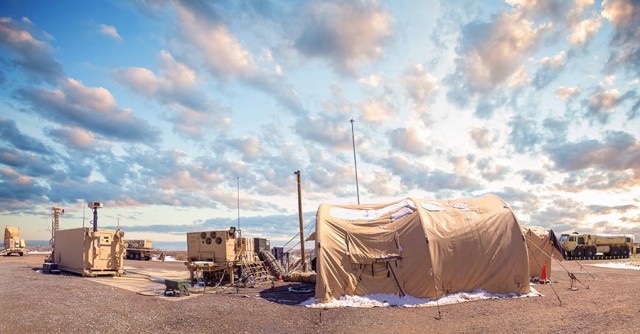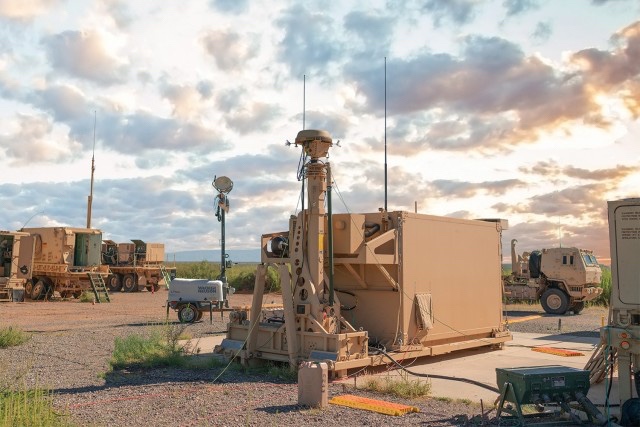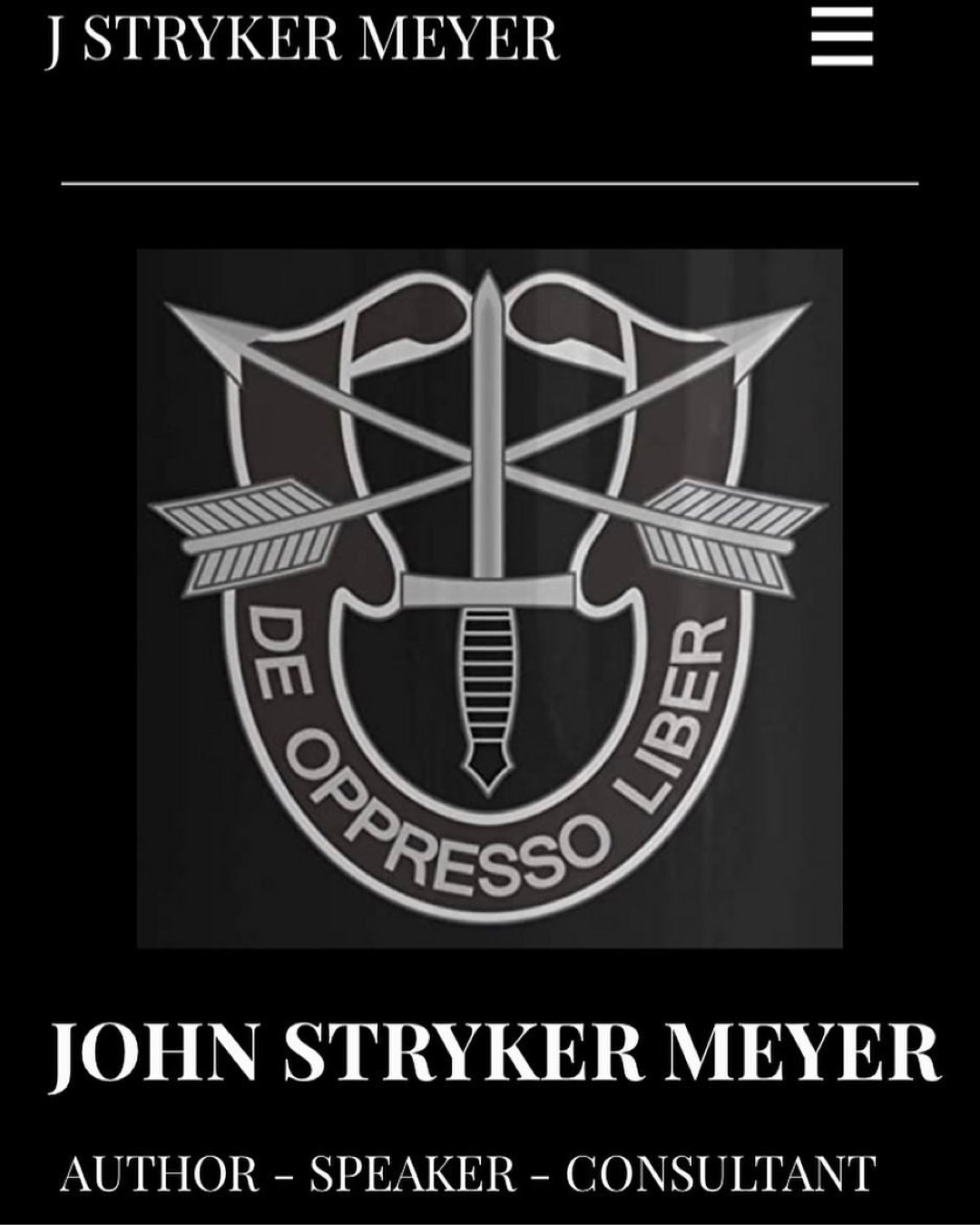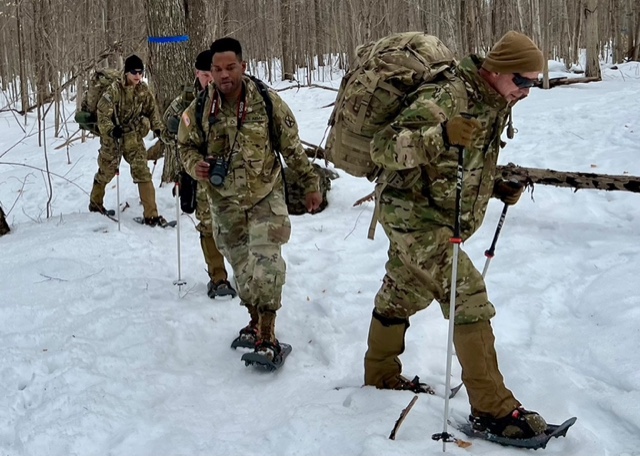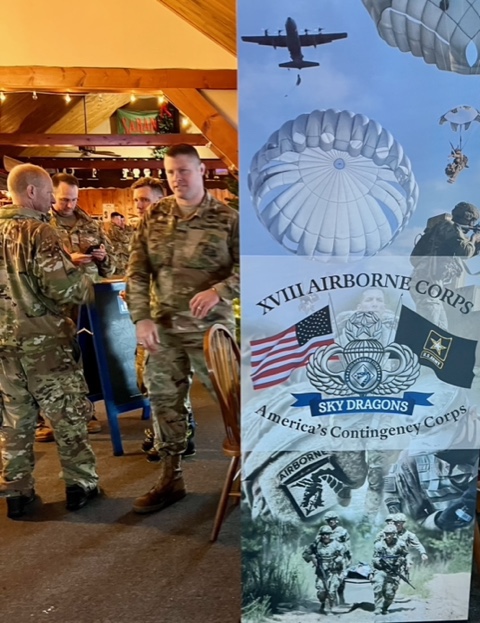Featuring an easy-to-read display, advanced navigation sensors and up to 1000 hours of battery life, the new Foretrex series is ready for rucking or range time

OLATHE, Kan./April 18, 2023– Garmin (NYSE: GRMN) today announced the Foretrex® 801 and Foretrex 901 Ballistic Edition – the latest additions to its wrist-based GPS navigators for outdoor and tactical applications. Foretrex 801 and 901 keep users on track thanks to multi-band signal reception technology for improved positional accuracy, dedicated tactical and ballistic features, and up to 100 hours of battery life in default tracking or up to 1000 hours in expedition mode. Foretrex 901 also helps streamline aiming solutions for precision rifle competitions with an onboard Applied Ballistics (AB) solver and integration of the AB Synapse – Garmin app.
“Foretrex is an essential piece of kit for adventurers, tactical personnel and competitive rifle enthusiasts who need robust, dedicated features that can be quickly accessed while keeping their hands free. Now with enhanced positional accuracy and dedicated features for special applications, the Foretrex 801 and 901 will be indispensable tools whether on assignment or at your next competition.” – Dan Bartel, Garmin Vice President of Global Consumer Sales
Purpose-built features
Foretrex 801 and 901 now provide Stealth Mode and Kill Switch features to support users located in sensitive areas. Customers can utilize Stealth Mode, which collects distances traveled without recording location data, while training or during operations. Leveraging this feature ensures customers can use Foretrex 801 and 901 – and even upload logged data – without concerns about revealing location information. By not recording location data to the device, Stealth Mode protects operational security should a device become lost. Activating the Kill Switch hot key quickly resets a unit to factory settings, discarding any stored data. Users may find this option useful if they work in a position where data saved to their unit could be considered sensitive.
Thanks to the Applied Ballistics Elite® solver integration, the Foretrex series has become a trusted tool for competitive shooters within Precision Rifle Series (PRS) and Extreme Long Range (ELR) events. In addition to the Applied Ballistics Elite solver, Foretrex 901 is now compatible with the AB Synapse – Garmin app to provide users with more streamlined shooting solutions. When downloaded to a compatible smartphone, this app allows users to manage ballistic profiles on their Foretrex 901 while the integrated Applied Ballistics solver provides state of the art solutions for calculating long-range rifle trajectories.
Foretrex 801 and 901 units support external ANT+ sensors and are compatible with Garmin devices, like inReach®. When paired with a compatible inReach device1, users can receive inReach messages directly on the unit and if needed, trigger an interactive SOS to the 24/7 Garmin-staffed Garmin ResponseSM Center. Foretrex 901 users can also pair their device with compatible rangefinders to receive range data as well as provide a ballistic solution back to the rangefinder. This can save time and increase accuracy when sending range data to their paired Foretrex 901 and can help keep devices in sync, providing complete information to both the shooter and spotter.
Enhanced navigation
Users can navigate terrain with advanced sensors on Foretrex 801 and 901, including a 3-axis accelerometer, 3-axis compass and barometric altimeter. Both units also feature integrated multi-band signal reception technology, which uses multiple frequencies to further improve positional accuracy. The units also are multi-GNSS, which allows them to receive signals from more than one satellite constellation, improving performance in challenging environments.
When paired with a compatible smartphone, both units can leverage the valuable features the Garmin ExploreTM app to plan, navigate and review their next adventure. Even when off-the-grid, the app allows users to load routes and waypoints to their units with or without Wi-Fi® or cellular service. Connected features like smart notifications also allow the user to receive emails, texts and alerts on their device, plus automatic uploads to Garmin ConnectTM and LiveTrack2.
As tough as its users
Using two, field-replaceable AAA batteries (not included), Foretrex 801 and 901 have a battery life of up to 100 hours in one-second tracking, and up to 1000 hours in expedition mode so users can focus more on the task at hand and less on their battery life.
Using a new, easy-to-read 2.2” monochromatic display, the on-screen data can be seen in a variety of lighting conditions — even when using night vision goggles. Built as tough as they look, these devices are constructed to a military standard (MIL-STD-810) for thermal, shock and an IPX7 water-resistant rating.
Available now, the Foretrex 801 has a suggested retail price of $249.99 and the Foretrex 901 has a suggested retail price of $599.99. To learn more, visit garmin.com/outdoor.
Engineered on the inside for life on the outside, Garmin products have revolutionized life for adventurers, athletes, off-road explorers, road warriors and outdoor enthusiasts everywhere. Committed to developing products that enhance experiences, enrich lives and help provide peace of mind, Garmin believes every day is an opportunity to innovate and a chance to beat yesterday. Visit the Garmin Newsroom, email our media team, connect with @garminoutdoor on social, or follow our blog.
1Active satellite subscription required. Some jurisdictions regulate or prohibit the use of satellite communications devices. It is a user’s responsibility to know and follow all applicable laws in the jurisdictions where the device is intended to be used.
2The Foretrex device must be paired with the Garmin Explore app on a compatible smartphone.


